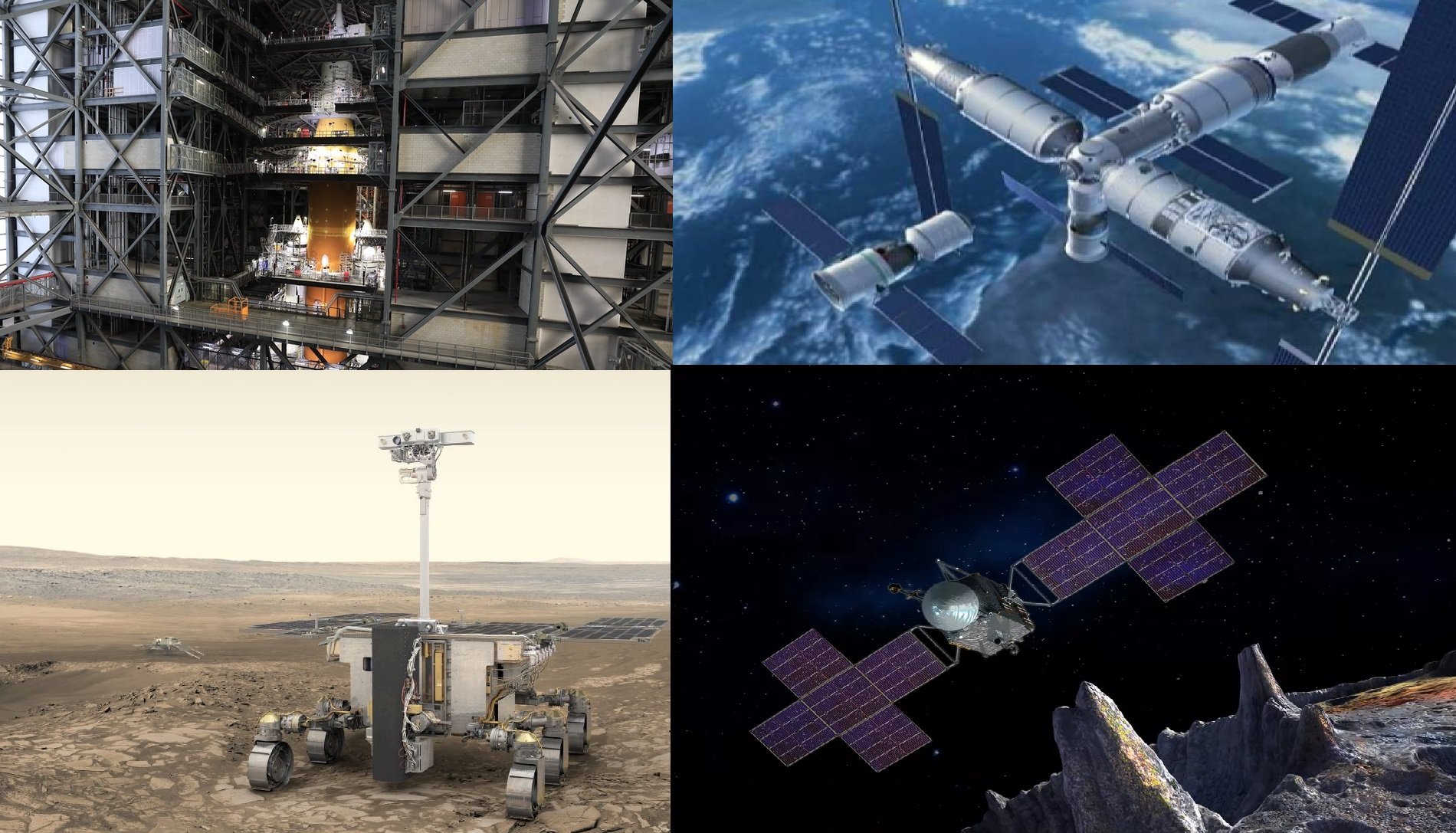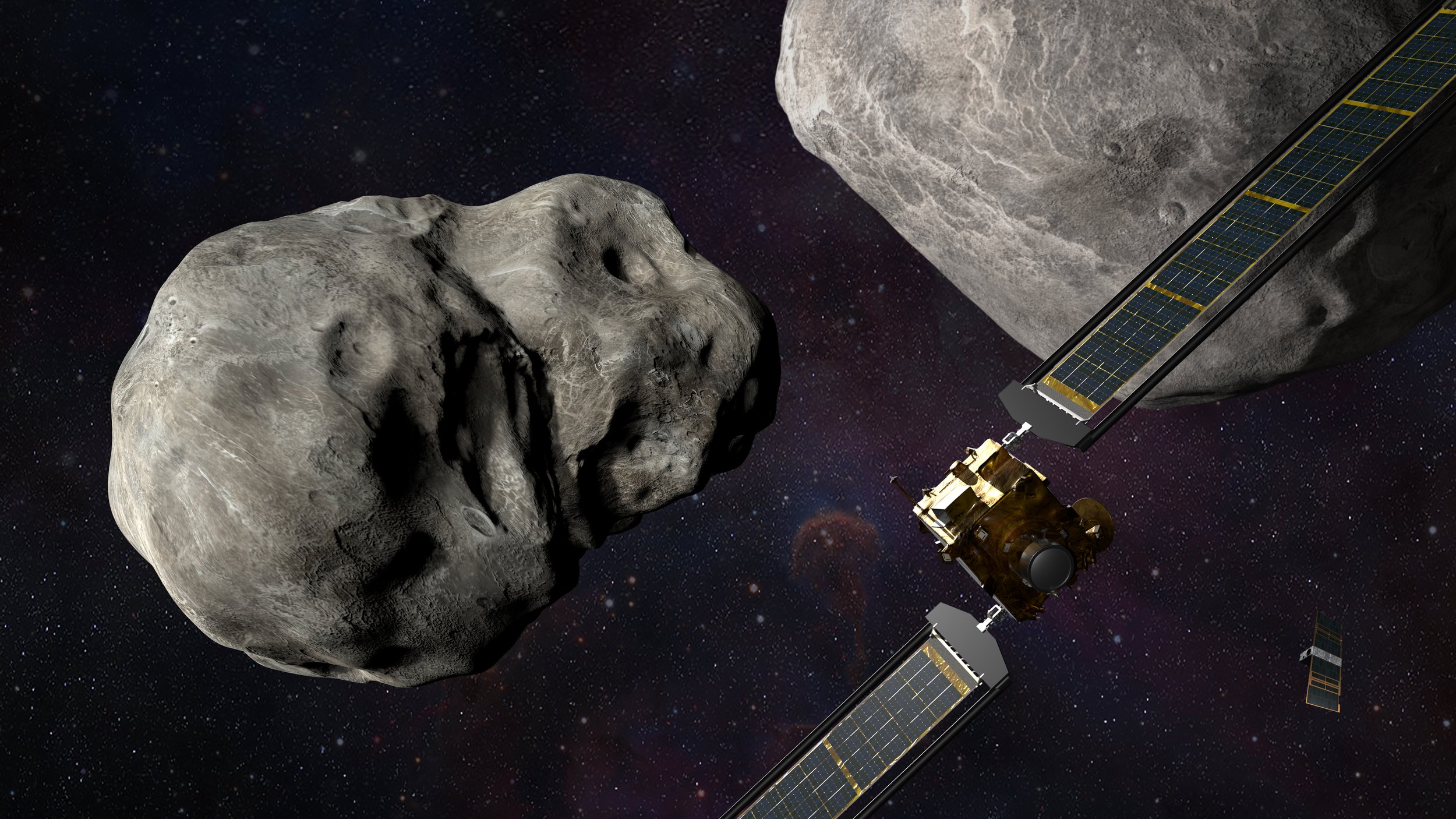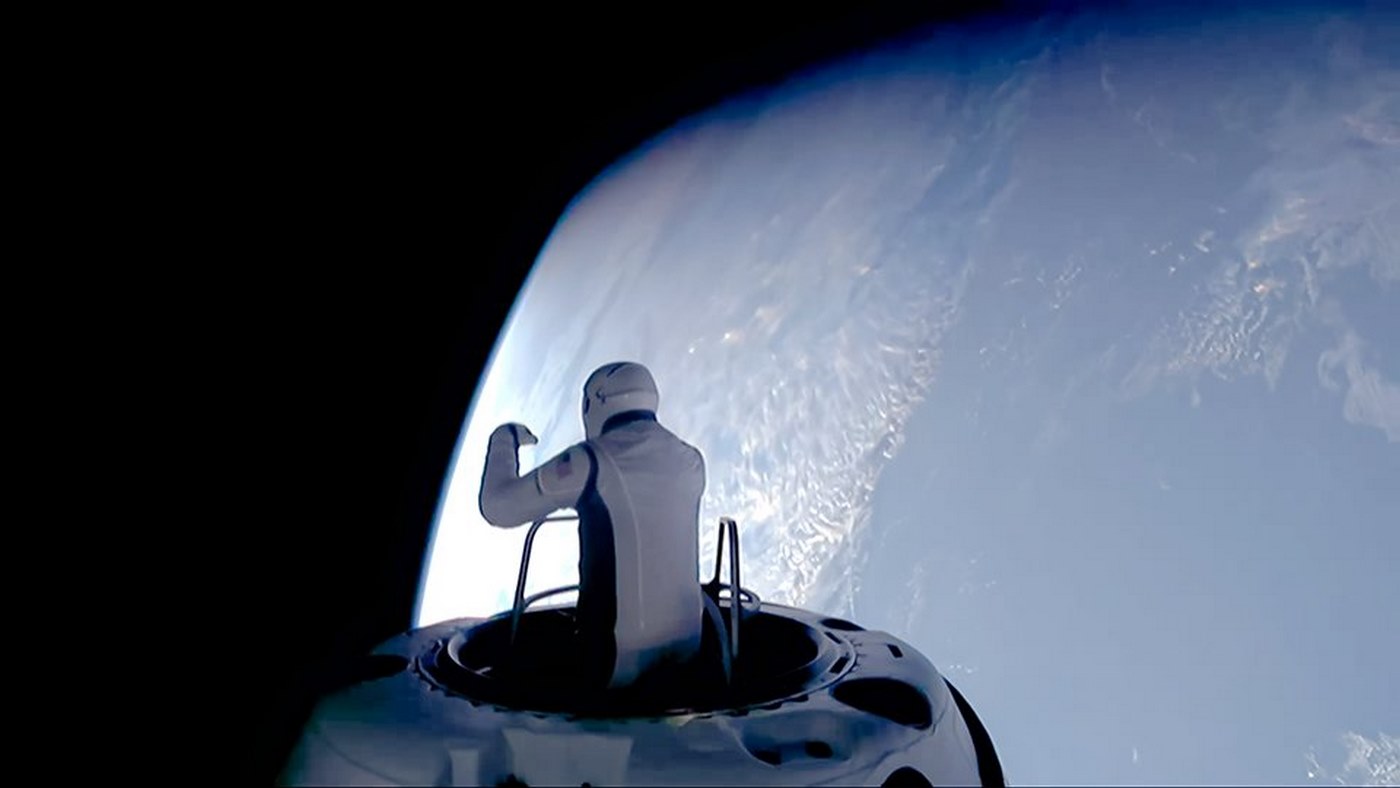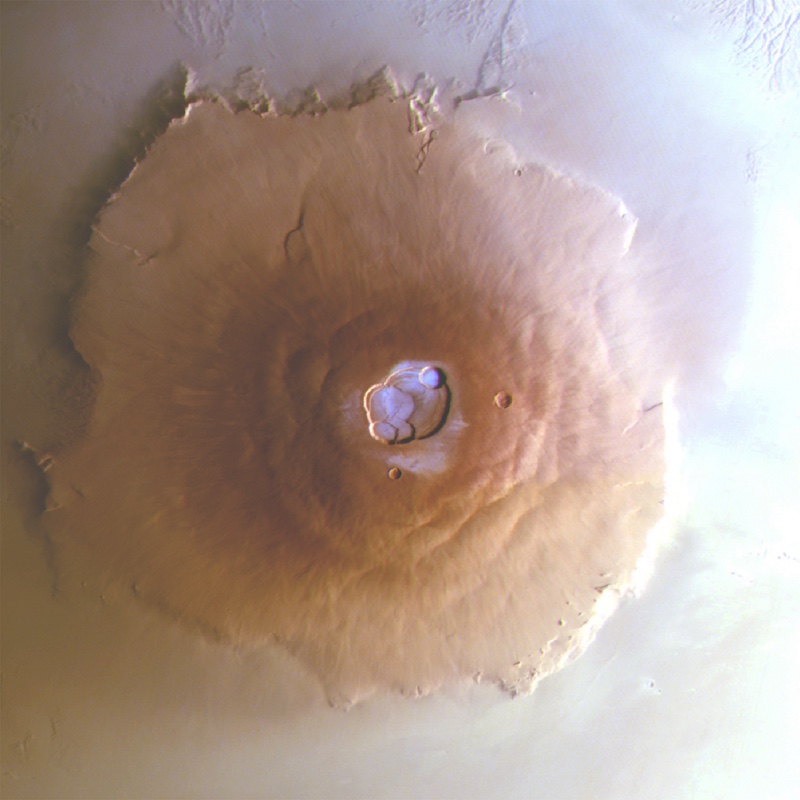Exponential growth in the public and private space sectors are increasing the number of launches yearly, and 2022 promises to be a year full of space exploration, discovery, and a lot of investment money being thrown around.
Among the largest headlines will be the first images beamed back from the James Webb Space Telescope, while those in east Asia may focus more on the news around the Chinese space agency’s coordinated launches of materials up to build a second space station.
ESA will bid safe journey to a new Mars rover, making it the sixth to plod about on the Red Planet, while NASA has some nail-biting tests in the form of the first uncrewed launch of its much-anticipated and delayed Space Launch System and Orion crew capsule; the dynamic duo that will carry the next set of humans to the Moon.
On the science and observation side, Arizona State University’s Psyche Mission to study an almost entirely-metal asteroid will launch this year, as will the cube satellite for the CAPSTONE project, which will gather data on the orbit where NASA plans to send their Lunar Gateway, a necessary pit stop and service station for missions in and around the Moon, and eventually to Mars.
PICTURED: Artist rendering of the Tiangong Station. PC: CMSA. Fair Use.
Bang a (Tian)gong (April, May, June, and August)
China is committed to finishing the nation’s Tiangong space station this calendar year. They are targeting 6 launches, including of the 3 astronautical technicians, and 2 of the large station modules to dock with the Tianhe cabin module.
The China Aerospace Science and Technology Corp. is following up on a dizzying and successful 2021, in which it launched 55 rockets, recovered the first Lunar geological samples since the Apollo missions with its Chang’e-5 sample and return program, and on their first try as a spacefaring nation, succeeded in placing an orbiter around Mars, parking a landing module on Mars, and deploying the Zhurong rover.
As she is not an International Space Station Partner, Beijing has been honing its skills for a space station launch for decades, reports The Planetary Society. Tiangong-1 and Tiangon-2 were space laboratories launched in the twenty-teens which gathered critical information for the eventual Tiangong mothership, which will receive the two science modules when they launch in June and August this year.
The Tianzhou-4 cargo spacecraft will bring materials and supplies for the astronauts aboard the Shenzhou-14 spacecraft that will launch in April carrying the three astronauts trained to assemble the outpost.
Despite the Cox Amendment preventing anyone from NASA from even having a Chinese phone number in their rolodex, and the fact that current NASA Administrator Bill Nelson wants to make Cox law of the land forever, the United Nations and China signed an agreement in 2016 regarding the Tiangong that will allow for international collaboration, which may create some drama as nations look away from a soon-to-be unfunded ISS that is also in need of repairs, towards a brand new one.
NASA’s big bucks (Scheduled for March and June)
The James Webb Space Telescope has finished deploying its sunshield, and locked the secondary mirror fixture in place, meaning that all the difficult and most-likely to fail systems worked perfectly. In around 6 months time humanity’s most powerful telescope will be at its new home orbiting 1 million miles from Earth, and ready to start stargazing.
“Another banner day for JWST,” said Bill Ochs, Webb project manager at NASA’s Goddard Space Flight Center. “This is unbelievable… We’re about 600,000 miles from Earth, and we actually have a telescope”.
PICTURED: The fully assembled James Webb Space Telescope with its sunshield and unitized pallet structures that fold up around the telescope for launch, are seen partially deployed to an open configuration to enable telescope installation. PC: NASA/Chris Gunn.
Not as nail-biting as the JWST launch, but certainly important to NASA’s short to medium-term future will be the upcoming uncrewed test for both the Space Launch System (SLS) and Orion Capsule.
Together they form the backbone of the Artemis 1 Mission. It’s the hardware which NASA has long developed as the next generation of vessels to carry humans to the Moon and Mars, but the road has been a rocky one.
PICTURED: The Space Launch System docked at the Kennedy Space Center, where a recent December test was cancelled. PC: NASA/Cory Huston.
Futurism described the rocket as “seemingly-cursed” and “probably the last rocket NASA will ever make”. Indeed the SLS was originally planned for a maiden voyage 5 years ago, but since then glitches and “technical difficulties,” even with some of the most-proven components in rocketry like the RS-25 engines, have resulted in a quagmire of delays, even until mid-December of 2021, when one of two redundant channels in the controller of Engine 4 failed to power up consistently during tests of the integrated vehicle at the Kennedy Space Center.
The pistachio green Orion spacecraft on the other hand will join the SLS on an uncrewed test voyage in March when, if all systems go, it will orbit the Earth before touching down in the Pacific Ocean.
PICTURED: An artist rendition of the new ESA rover. PC: ESA/ATC Medialab. Fair Use.
The ExoMars Rover (September 20th)
When the European Space Agency (ESA) send off their ExoMars rover, the “Rosalind Franklin,” it will aim to become the sixth rover to simultaneously operate on Mars. Once ESA voted to abandon their Aurora Program to send humans to Mars, they voted to move forward with the ExoMars robotic exploration mission.
Rosalind Franklin is a highly mobile rover with an exobiology instrument suite and a drill that will reach soil samples up to two meters under the Martian surface in search of traces of extinct or still existing life, much the same way that Perseverance does.
It includes an infrared spectrometer to characterize the mineralogy of the rock. Once a sample is collected, it’s delivered to the rover’s analytical laboratory, which will perform mineralogical and chemistry investigations with a focus on the discovery of organic substrates.
The ExoMars mission is one of strong collaboration with Roscosmos, the Russian space agency, as they will provide the lander for the mission, which doubles as a weather station.
PRIME-1 Ice Drill (December)
NASA shirked big failure-ridden Pentagon firms they’ve relied on in the past, such as Northrop Grumman and Boeing, and awarded Intuitive Machines a $50 million contract to provide an ice drill for the Artemis Program.
Slated to launch in December, the Polar Resources Ice Mining Experiment (PRIME-1) will land at the Moon’s South Pole to drill three feet down in order to gather data on the harvesting of ice, likely as rocket propellent or hydration.
“Laying the foundation to return humans to the Moon is an incredible honor and even greater challenge,” said Steve Altemus, President and CEO of Intuitive Machines. “At Intuitive Machines, we’re hungry for the pursuit of these audacious missions that will redefine what a small business is capable of”.
PRIME-1 will drill into the lunar surface, harvest and bring ice to the Moon’s surface, and use a mass spectrometer to measure how much is lost to sublimination as it turns from solid into vapor in a vacuum. The data from the PRIME-1 mission will help scientists understand how VIPER can search for water at the Moon’s pole, and how much water may be available to use as NASA plans to establish a sustainable human presence on the Moon by the end of the decade.
The Psyche Asteroid Mission (August 1st)
NASA’s Discovery Program gave backing to two recent ideas to study asteroids: The Lucy and Psyche Missions. Lucy launched last year, which will visit many asteroids. In contrast, Psyche will visit just one: a 140-mile (220-kilometer) long asteroid that is estimated to be 95% nickel, and weigh 440 billion billion pounds.
Only the 16th asteroid to be discovered, Psyche was found in 1852 by Italian astronomer Annibale de Gasparis, who named it for the goddess of the soul in ancient Greek mythology. It’s hypothesized that Psyche is actually the core of a small planet which no longer exists, and as such could shed light on the formation of the early solar system.
About the size of a tennis court, the Psyche probe will launch aboard a Falcon Super Heavy rocket on the first of August, carrying four scientific instruments. A gamma ray and neutron spectrometer will detect, measure, and map Psyche’s elemental composition, while a magnetometer will measure for any detectable remnants of a magnetic field. Finally a high-resolution camera has two fields of view to distinguish between silicate minerals and metals in any juicy photographs snapped by the probe.
“This is an opportunity to explore a new type of world – not one of rock or ice, but of metal,” said Psyche Principal Investigator Lindy Elkins-Tanton of Arizona State University who submitted the mission proposal. “16 Psyche is the only known object of its kind in the solar system, and this is the only way humans will ever visit a core”.
The mission will arrive at the asteroid in 2026, as it’s all the way out by Jupiter, and traverse four orbits over 20 months.
PICTURED: CAPSTONE’s 12-Unit CubeSat as it neared completion in 2021. PC: Tyvak Nano-Satellite Systems, Inc. Fair Use.
The CAPSTONE Satellite (March 19th)
The Cislunar Autonomous Positioning System Technology Operations and Navigation Experiment cubesat or (CAPSTONE), is almost ready for its short trip to cislunar space.
Once there this tiny 55-pound satellite has a very heavy responsibility. It will gather data on the near rectilinear halo orbit of the Moon, the location NASA plans to place its Lunar Gateway station module as part of the Artemis Program’s mission to establish a semi-permanent presence on the Moon.
Reaching space by way of a Rocket Lab Electron rocket, CAPSTONE’s responsibility is to spend months in 7-Earth-day orbits to study its characteristics to ensure safe space transit in and around the Moon. Created as a public-private partnership, Tyvak Nano-Satellite Systems of Irvine, California, is building the microwave oven-sized spacecraft, while Advanced Space of Westminster, Colorado, the company that developed and will operate the spacecraft, will enter a prestigious group when the mission commences.
“Only two entities have ever operated a spacecraft in an Earth-moon three-body orbit — NASA and the China National Space Agency,” Bradley Cheetham, CEO and president of Advanced Space, told Space News. “We are preparing to be the first commercial entity and only the third organization to operate in these highly valuable orbits”.









